Authentic literature has the power to excite students and foster a love of engaged reading, but it’s often challenging for busy teachers to find time to integrate real books into an already jam-packed schedule of daily lessons. How can you harness the power of a classroom library and get students reading more throughout the day—especially when you’re dealing with students of different ages and abilities?
Prioritize balanced literacy in the new year ahead with these 10 ways to incorporate books and reading into many different aspects of elementary, middle AND high school classrooms. (Keep reading to the end to enter our giveaway of popular titles for readers of all ages. What a great way to grow your classroom library!)
1. Read Alouds
When you think of a read aloud, what comes to mind? Often, it’s a high quality picture book like The Hungry Caterpillar by Eric Carle or They All Saw a Cat by Brendan Wenzel. Titles like these allow teachers to model fluency and demonstrate reading practices and skills to pre- and early readers. Plus, it can be just plain fun to share a story like R. L. Stine’s The Little Shop of Monsters with a class of young students who can’t yet read it for themselves.
But read alouds have a lot to offer middle and high school students too. They can be especially beneficial to English Language Learners (ELL) at all grade levels, helping them to learn vocabulary, inflection and more. And excerpts from both poetry and novels—where complex language and themes sometimes make comprehension more challenging—lend themselves to read alouds in even upper level courses.
2. Guided Reading Groups
When you have multiple copies of a single leveled title, you can work with a small group of 4-6 students who are all reading the same book at the same level. If you keep these groups small, they can remain fluid throughout the school year, and students can move within the groups as their reading skills develop.
To fully understand the practice of guided reading and how to match your guided reading groups with titles at the right level, check out the work of Fountas & Pinnell. Guided reading groups can be used at any grade level, and allow for close teacher observations and assessments. More importantly, they can foster confidence, proficiency and a love of reading among students.
3. Reading Workshop
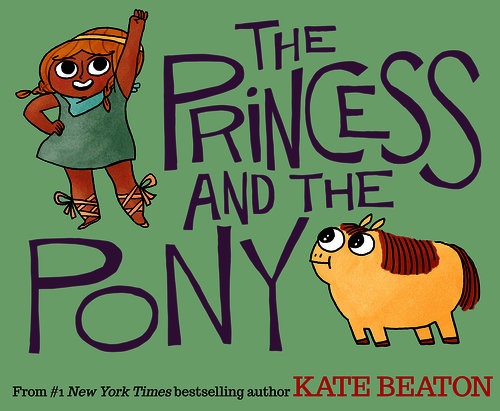 During Reading Workshop, teachers use real books to model and illustrate comprehension strategies and skills to the whole class. If you have a solid collection of authentic literature, it’s easy to connect the texts to six strategies: Connecting, Inferring, Predicting, Questioning, Summarizing and Visualizing/Imaging.
During Reading Workshop, teachers use real books to model and illustrate comprehension strategies and skills to the whole class. If you have a solid collection of authentic literature, it’s easy to connect the texts to six strategies: Connecting, Inferring, Predicting, Questioning, Summarizing and Visualizing/Imaging.
Let’s say you want to work on Predicting with your 2nd grade class. When you have a Comprehension Strategies Collection that includes titles like The Dunderheads by Paul Fleishman and The Princess and the Pony by Kate Beaton, you have stories already on hand to help teach students how to use clues from the text to think ahead and predict what might happen next.
4. Independent Reading
Accountable independent reading is the heart of balanced literacy. You can make independent reading a priority in the classroom by:
- setting aside structured silent reading time each day
- asking students to read at home each night
- building classroom libraries filled with fiction and nonfiction titles in a wide variety of genres and interests
Authentic literature is ideal for independent reading at any level because students get to choose any book that interests them. And when students have a voice in their own reading process, they read more—becoming better, more engaged readers in the process.
5. Mentor Texts for Writing Workshop
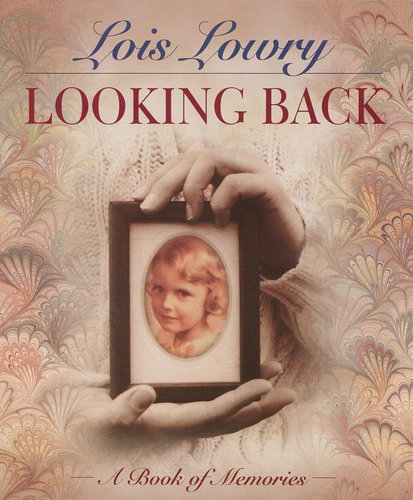 When teachers use authentic literature to teach about different writing formats, these books are called mentor texts. (The books you use in Reading Workshop to model comprehension strategies are mentor texts too.)
When teachers use authentic literature to teach about different writing formats, these books are called mentor texts. (The books you use in Reading Workshop to model comprehension strategies are mentor texts too.)
Want to work on memoir writing during a Writing Workshop with your 6th grade class? You might start with a mini lesson featuring Lois Lowry’s memoir Looking Back: A Book of Memories. Show students which traits and characteristics make this a good example of a memoir, and then have them work independently on their own piece of memoir writing. Conference with students along the way, and allow for share time once the writing is completed.
6. Literature Circles and Book Clubs
In literature circles and book clubs, small groups of students get together to discuss a piece of literature in depth. The discussion, instead of being led by the teacher, is guided by students’ response to what they have read. You’ll need to have multiple copies of single titles to make these student-led groups work in your classroom, and ideally, different groupings of books for different lit circles.
You might think of literature circles and book clubs as being primarily for older students, who are reading and discussing novels. But when teachers spend plenty of time modeling how to dissect and interpret a text during the first part of the year and kick off lit circles or book clubs during the second half, these groups can be powerful in elementary classrooms too.
7. Author and Genre Studies
When students read authentic literature, there’s so much more to explore than just the words and pictures within the pages. Both author and genre studies allow you to group several titles together, giving students the opportunity to make connections between the texts and compare and contrast characters, themes, settings and more.
Fourth grade teacher Jennifer Pastore believes that the best author studies allow students to become better readers and writers by learning from an author’s body of work. Author studies let students see how authors get their ideas and see a variety of writing styles, which in turn helps them as writers.
Genre studies, on the other hand, introduce students to a variety of books they might not otherwise choose. You can open your students’ minds and expand their reading choices with genre studies in categories like Fantasy, Fractured Fairy Tales, Science Fiction, Native American Legends and more.
8. Reading Intervention
All students need books they can read and enjoy. Young gifted readers need books at a high reading level, but with content appropriate for younger kids. Older students who struggle need lower level books that feature more mature themes—and don’t appear to be below-level. For example, it’s easy to pull in reluctant readers who love sports with Sports Illustrated Kids, a collection of graphic novels featuring full-color, full-action and full-throttle sports stories.
9. Content Areas
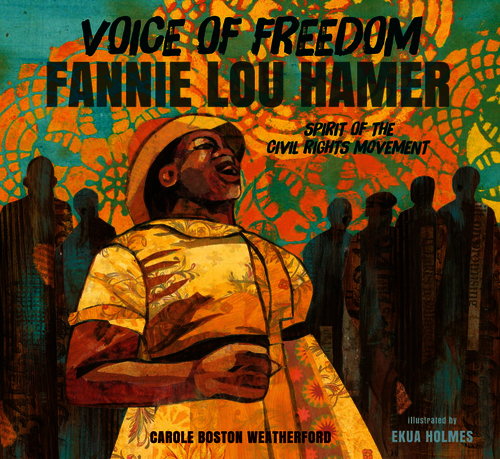 It makes sense to use authentic literature to teach reading skills and comprehension strategies, but don’t forget that nonfiction books can be used in place of—or in addition to—textbooks to teach content areas like science, social studies and even math.
It makes sense to use authentic literature to teach reading skills and comprehension strategies, but don’t forget that nonfiction books can be used in place of—or in addition to—textbooks to teach content areas like science, social studies and even math.
In an upper elementary or middle school classroom, for example, a nonfiction book like Voice of Freedom: Fannie Lou Hamer, The Spirit of the Civil Rights Movement allows students to understand the Civil Rights Movement by exploring one of its real-life legends. Books like this one are often less intimidating than textbooks, and can help students make more meaningful connections, since the facts are woven within a fascinating story. And because this book is written in verse, teachers have an opportunity to teach history and poetry at the same time.
10. Projects
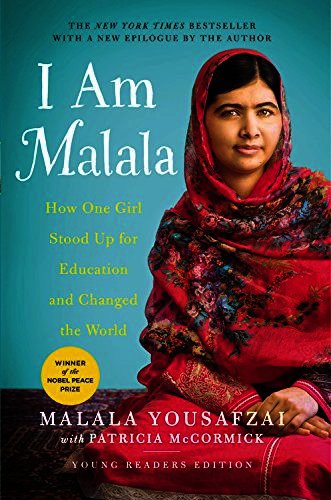 Students today are inundated with information from the digital world, but online information isn’t always accurate. Because of this, it’s important for students to work on their inquiry skills. They must be able to validate texts and compare and contrast different information through different modalities and by different authors.
Students today are inundated with information from the digital world, but online information isn’t always accurate. Because of this, it’s important for students to work on their inquiry skills. They must be able to validate texts and compare and contrast different information through different modalities and by different authors.
When older students read a book like I Am Malala, there are many different ways they can build background knowledge and better understand the truth about the Taliban through projects beyond the text. Implement standards 7-9 by asking students to further research Malala’s true story and analyze web content like The Daily Show Video: Malala Yousafzai Extended Interview. Keep in mind that projects like this one aren’t limited to high school students. With books at the right level, elementary and middle school readers can develop their inquiry skills in the same manner.
There’s always room to grow and expand your classroom library collection of books to engage students as readers, so we’re hosting a giveaway featuring some of our favorite titles for elementary, middle AND high school readers. Enter below for your chance to win!
This giveaway is now closed. Congratulations to the winners!
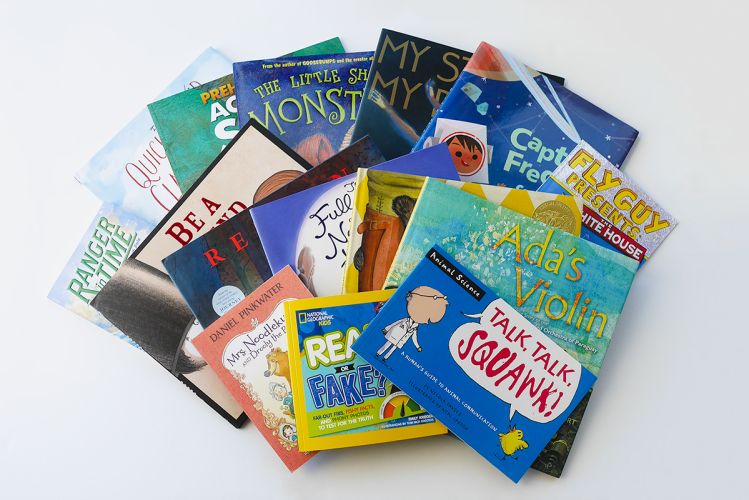
Elementary Giveaway Titles
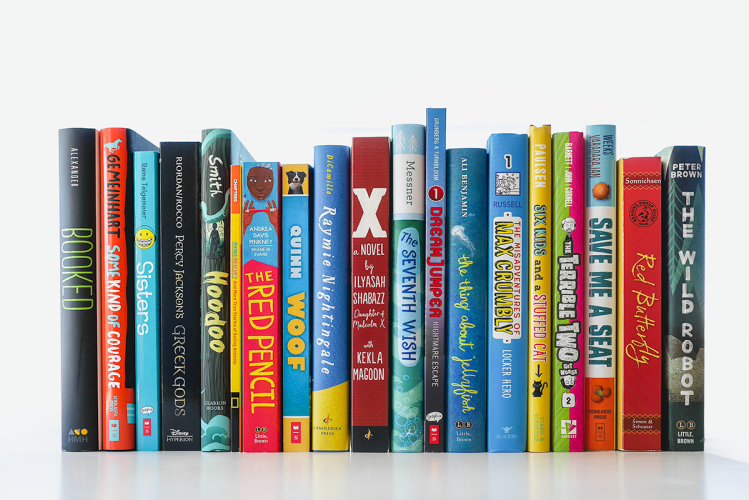
Middle Grade Giveaway Titles
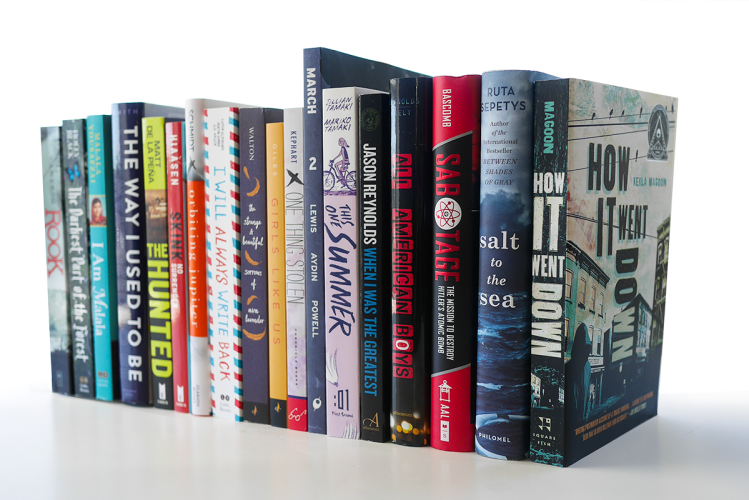
High School Giveaway Titles



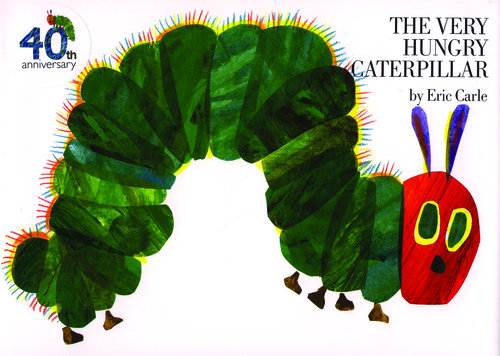
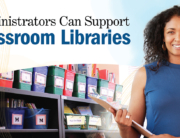
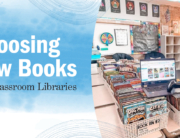
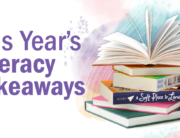
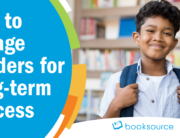
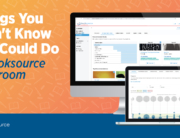
Leave A Comment